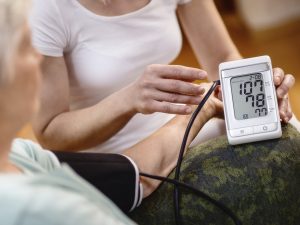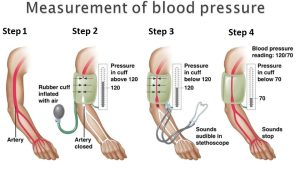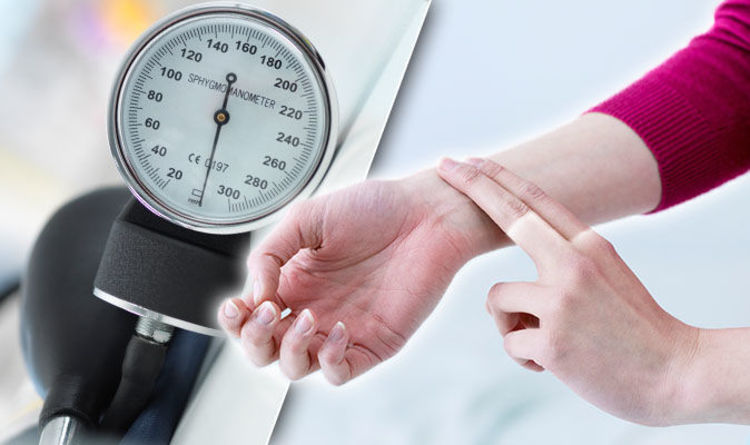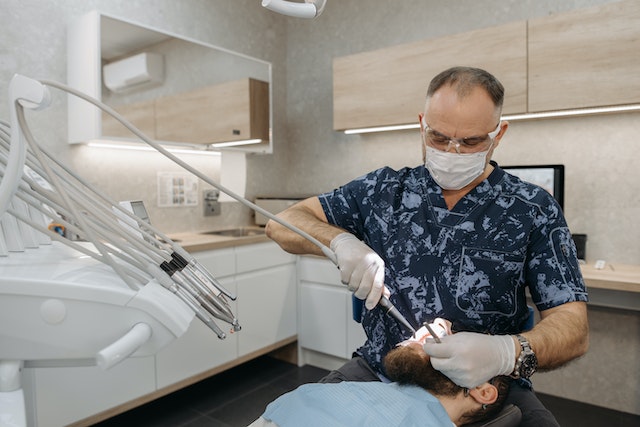Home blood pressure monitoring is a valuable tool for managing hypertension and promoting overall cardiovascular health. By regularly monitoring blood pressure levels at home, individuals can track changes, identify trends, and take proactive measures to maintain optimal health. In this detailed guide, we’ll explore the essential steps for accurate home blood pressure monitoring and its significance for long-term well-being.
Understanding Blood Pressure
Blood pressure is the force exerted by the blood against the walls of the arteries as it circulates through the body. It is typically expressed as two numbers: systolic pressure (the top number), which represents the pressure when the heart contracts, and diastolic pressure (the bottom number), which indicates the pressure when the heart relaxes between beats. Normal blood pressure readings are generally considered to be below 120/80 mmHg.
Significance of Home Blood Pressure Monitoring
Home blood pressure monitoring plays a crucial role in the management of hypertension, or high blood pressure. It allows individuals to monitor their blood pressure levels regularly in a familiar environment, providing insights into how lifestyle factors, medication, and other interventions impact blood pressure. Additionally, home monitoring can help detect potential issues or fluctuations that may not be apparent during occasional visits to healthcare providers.

Essential Steps for Accurate Home Monitoring
1. Choose the Right Device
Select a validated and reliable home blood pressure monitor that meets international standards for accuracy. Automatic, upper arm monitors are generally preferred over wrist or finger devices, as they tend to provide more accurate readings.
2. Prepare for Measurement
Before taking a blood pressure reading, ensure you are in a quiet, comfortable environment. Avoid consuming caffeine, tobacco, or engaging in vigorous physical activity for at least 30 minutes prior to measurement. Rest quietly for 5 minutes before taking a reading.
3. Proper Positioning
Sit in a chair with your back supported and feet flat on the floor. Rest your arm on a flat surface, such as a table, with the upper arm at heart level. Position the cuff on your bare upper arm, ensuring a snug fit but leaving enough room to insert two fingers between the cuff and your arm.

4. Follow Instructions Carefully
Read the instructions provided with your blood pressure monitor carefully and follow them precisely. Inflate the cuff according to the manufacturer’s guidelines and remain still and quiet during the measurement process.
5. Take Multiple Readings
For accuracy, take two to three consecutive blood pressure readings, spaced one minute apart. Record all readings, along with the date and time, in a logbook or digital tracking app. Take readings at the same time each day for consistency.
6. Analyze and Interpret Results
Review your blood pressure readings regularly and look for patterns or trends over time. Pay attention to any significant fluctuations or consistently high readings, as these may warrant further evaluation by a healthcare professional. Explore About (Toenail Health)
7. Share Data with Healthcare Provider
Share your home blood pressure monitoring data with your healthcare provider during routine visits or telehealth appointments. Your provider can help interpret the results, adjust treatment plans if necessary, and provide guidance on lifestyle modifications to support blood pressure management.
Conclusion
Home blood pressure monitoring is an essential component of hypertension management and cardiovascular health. By following the essential steps outlined in this guide, individuals can ensure accurate readings and gain valuable insights into their blood pressure levels. Regular monitoring empowers individuals to take proactive steps towards maintaining optimal blood pressure and reducing the risk of associated health complications. Remember, consistency, proper technique, and collaboration with healthcare providers are key to successful home blood pressure monitoring and overall well-being.










